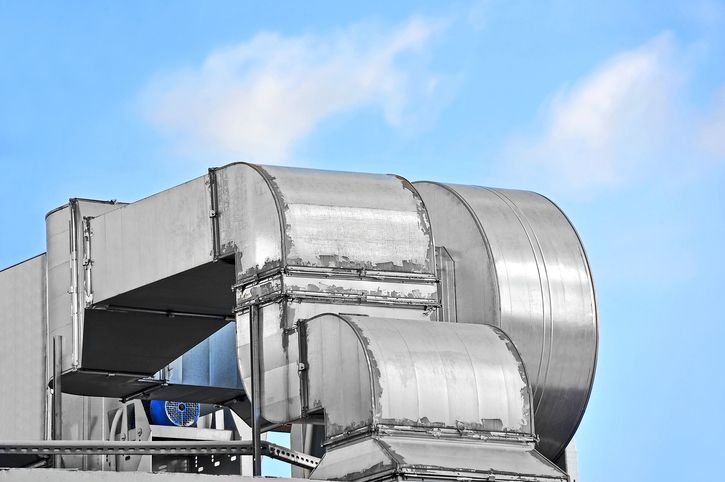What are the methods of Duct Fabrication?
The Automated Duct fabrication is a crucial part of the HVAC (Heating, Ventilation, and Air Conditioning) industry, responsible for ensuring the efficient flow of air throughout buildings. Properly fabricated ducts can significantly impact the performance and energy efficiency of HVAC systems, making it a vital aspect of construction and renovation projects. In this blog post, we’ll delve into the various methods and techniques used in duct fabrication, highlighting their importance and applications.
Sheet Metal Fabrication:
Sheet metal fabrication is one of the most common methods used in ductwork manufacturing. It involves cutting, bending, and assembling metal sheets to create ducts of various sizes and shapes. The process typically starts with the cutting of metal sheets to the required dimensions using shearing or laser cutting machines. Next, the sheets are bent using a press brake or a rolling machine to form the desired shape, such as rectangular, round, or oval.
Once the individual duct components are formed, they are assembled using welding, riveting, or screwing techniques. Welding is a popular method for joining metal ducts, as it creates a strong and durable bond. Riveting and screwing are also used for joining ducts, especially in applications where welding is not feasible or desired.
Fiberglass Reinforced Plastic (FRP) Fabrication:
Fiberglass-reinforced plastic (FRP) is a composite material that consists of a polymer matrix reinforced with fiberglass. It is lightweight, corrosion-resistant, and has excellent thermal and electrical insulation properties, making it an ideal material for duct fabrication in corrosive or high-temperature environments.
The fabrication process involves creating a mold of the desired duct shape and size, and then applying layers of resin-saturated fiberglass cloth to the mold. The layers are then cured using heat or a catalyst to form a solid, rigid structure. Once the duct is cured, it is removed from the mold and trimmed to the final dimensions.
FRP ducts are commonly used in industrial applications, such as chemical processing plants, wastewater treatment facilities, and power plants, where corrosion resistance and durability are essential.
Spiral Duct Fabrication:
Spiral ducts are cylindrical ducts made from a continuous strip of metal wound into a spiral shape. They are typically used in HVAC systems for commercial and industrial buildings, where a high volume of air needs to be transported efficiently.
The fabrication process involves feeding a metal strip through a spiral duct machine, which forms the strip into a continuous spiral. The edges of the strip are then joined using a lock seam or a flange and gasket system to create a leak-proof duct. Spiral ducts can be made from various materials, including galvanized steel, stainless steel, and aluminum.
Spiral ducts offer several advantages over traditional rectangular ducts, including lower air resistance, reduced noise levels, and easier installation. They are also more aesthetically pleasing and can be customized to fit specific building requirements.
Conclusion:
Duct fabrication is a complex and precise process that requires skilled technicians and specialized equipment. The methods and techniques discussed in this blog post are just a few of the many ways ducts can be fabricated to meet the diverse needs of the HVAC industry. Whether it’s sheet metal, FRP, or spiral ducts, each method has its unique advantages and applications, ensuring the efficient and reliable operation of HVAC systems in a wide range of environments.






